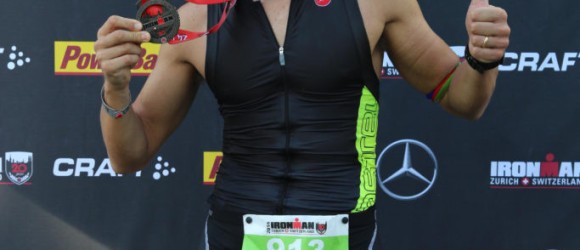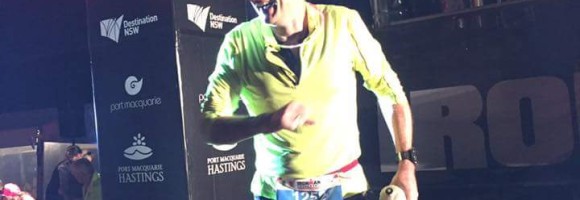Jan Frodeno broke the world record for the ironman distance. In this video we have a look at how he did it as well as why can you can probably learn more from Lionel Sanders, the other athlete who took part of the race, than from Jan himself
–
Train with ironguides!
Personalized Online Coaching: Starting at USD190/month
Monthly Training plans (for all levels, or focused on one discipline): Only USD39/months
Event based training plans:
Sprint Distance (USD45 for 8-week plan)
Olympic Distance (USD65 for 12 week plan)
Half Ironman (R$95 for 16-week plan)
Ironman (USD145 for 20-week plan)
X-Terra (USD65 for 12-week plan)
Running Plans (10k, 21k and 42k – starting at USD40)
–














Recent Comments